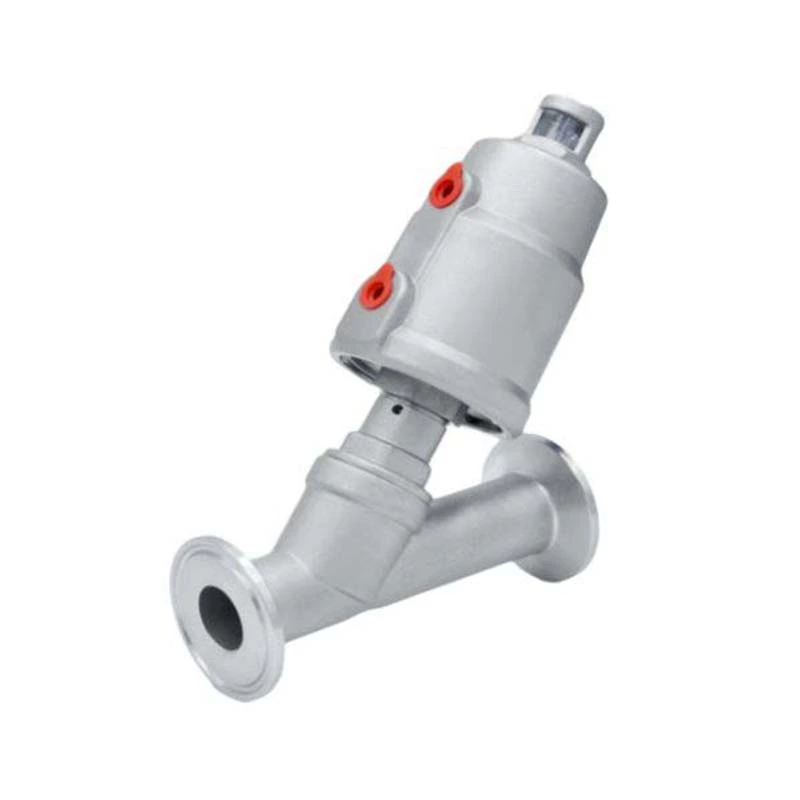Angle Seat Valve Working Process
Angle Seat Valve are common fluid controllers used to regulate and control flow and pressure in pipelines. Let's take a look at the angle seat valve workflow.
1. Preparation Phase.
Before installing an angle seat valve, some preparatory work is required.
1. Determine the installation location: Based on the pipeline design requirements, determine the location and orientation for installing the angle seat valve.
2. Determine materials and tools: Based on the pipeline characteristics and angle seat valve model, select appropriate materials and tools, such as gaskets, bolts, and wrenches.
3. Clean the pipeline: Before installation, clean the pipeline to remove debris and dirt to ensure proper operation of the angle seat valve.
2. Installation Phase.
After completing the preparation phase, you can begin installing the angle seat valve.
1. Install the angle seat valve body: Align the angle seat valve body with the pipeline and secure it with bolts and a wrench. Be careful not to overtighten to avoid damaging the sealing surface of the angle seat valve.
2. Installing the Actuator: Based on the angle seat valve model and operating environment, select the appropriate actuator, such as a manual, electric, or pneumatic actuator, and install it on the angle seat valve body.
3. Connecting the Pipes: When installing the angle seat valve, the pipes must be tightly connected to the angle seat valve body, and a gasket must be used to ensure a tight seal at the pipe joints.
III. Commissioning Phase:
After installation, some commissioning work is required to ensure proper operation of the angle seat valve.
1. Adjusting Flow and Pressure: Based on the pipe design requirements and the angle seat valve model, adjust the opening and closing positions of the actuator to achieve the desired flow and pressure.
2. Checking for Leaks: During the adjustment process, carefully inspect the connection between the pipe and the angle seat valve for leaks. If any are found, address them promptly.
IV. Maintenance Phase:
During normal use, the angle seat valve requires regular maintenance to extend its service life.
1. Cleaning the Angle Seat Valve: Regularly clean the angle seat valve body and actuator to remove dirt and foreign matter from the pipes and maintain the smooth flow of the angle seat valve. 2. Lubricate the Angle Seat Valve: Regularly lubricate the sealing surfaces and moving parts of the angle seat valve to reduce friction and wear and extend its service life.
3. Inspection and Maintenance: Regularly inspect the sealing and operating status of the angle seat valve. If any problems are found, promptly repair or replace it to ensure proper operation.
The above process completes the angle seat valve workflow. When installing and using an angle seat valve, careful consideration must be given to the specific situation and safe use must be observed to ensure proper operation of the pipeline and fluid control. Only in this way can the angle seat valve be used to its full potential, providing strong support for industrial production and domestic water supply.
